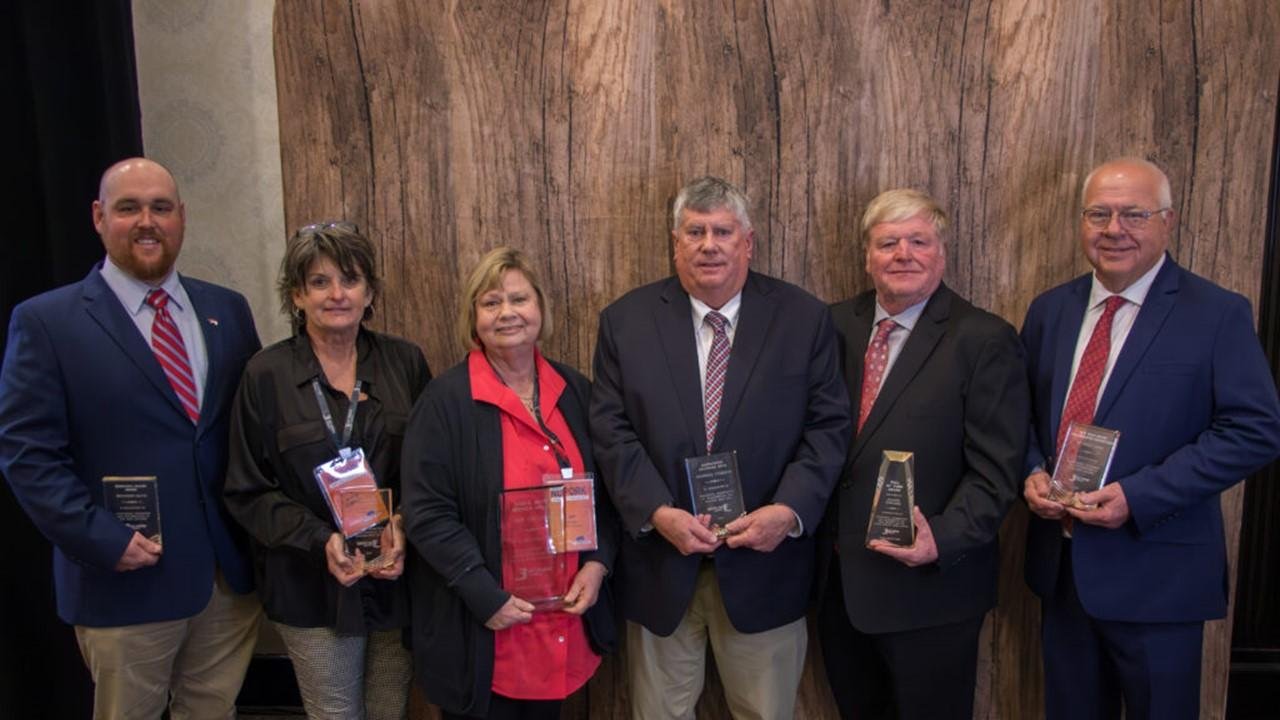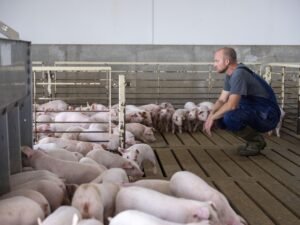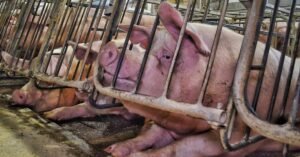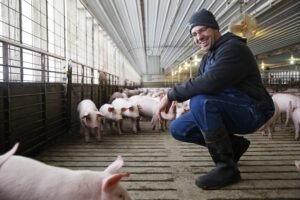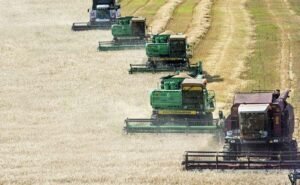The recent shift in leadership within the U.S. pork industry has drawn considerable comment from stakeholders across animal agriculture, encapsulating both anticipation and nostalgia. The National Pork Board (NPB) and the National Pork Producers Council (NPPC) simultaneously enter a period of transition, marked by key appointments and departures with far-reaching implications for producers nationwide.
Departures from established leadership almost always stir mixed emotions. Bill Even, who served as CEO of the NPB since 2016, will step down effective May 1. He heads back to his family’s farm in South Dakota—a move lauded as fortuitous for his family but bittersweet for many colleagues left behind after nine years under his steady direction. During Even’s tenure, he was widely regarded as an anchor through tumultuous times: guiding responses to events as destabilizing as the COVID-19 pandemic—or even slightly less impactful outbreaks—while shepherding initiatives like AgView’s pork traceability platform and codifying measurable goals around We Care Ethical Principles.
What set Even apart was not merely adaptability but also a certain penchant for principled stewardship that positively reverberated through all fifty states’ associations; that nationwide coherence is something not easily replicated or replaced at a whim. He didn’t simply push forward innovative marketing or business analytics; he invested deeply in relationships with pig farmers across more rural landscapes than most CEOs ever visit.
To ensure continuity, Alex Wibholm steps up as interim chief executive officer starting May 1 been promoted internally from senior vice president of operations—an upward move that leverages institutional memory during this interregnum while NPB embarks on its national search for Even’s permanent successor. This kind of internal elevation isn’t anodyne: organizational knowledge must be retained even amid external searches if momentum is not to dissipate entirely mid-project.
Simultaneous shifts occur within NPPC ranks too—perhaps coincidentally reflecting cyclical changes endemic to volunteer-led boards rather than calculated response to executive movement at NPB—with seasoned producer Duane Stateler assuming presidency alongside President-Elect Rob Brenneman and Vice President Pat Hord filling out new leadership slots through March 2026 appointments. These officers are joined by current board members with diverse regional representation—from Minnesota to Missouri—and several newly elected figures such as John Anderson from Belgrade or Jackie Bowman Ponder representing Indiana’s interests on major policy forums.
Stateler brings five generations’ worth of perspective operating his Ohio-based family enterprise, where conversations about nutrient management regulations often commingle freely with Sunday evening meals—a blend familiar only among multi-generational agriculturalists where shop talk never quite stops at sundown.
Their charge? Maintain forward progress while balancing growth targets against sustainability mandates articulated both domestically (through EPA discussions about manure management protocols) and internationally given mounting trade harmonization pressures exacerbated in post-COVID supply chains still prone to unpredictable shocks.
There are two closely related challenges ahead: collaboration between NPPC advocacy efforts influencing legislative frameworks on Capitol Hill—is it possible they focus only on national policy without addressing state-level issues?—and operational execution now led provisionally by Wibholm over at NPB central offices in Des Moines; these challenges demand adroitness navigating competitive global environments fraught with embargo risks due to foreign animal disease threats which seem perennial lately rather than sporadic exceptions.
Of note also are subtle but significant contributions made recently by outgoing leaders Dwight Mogler or Russ Vering whose work may not gather mainstream appeal outside core swine circles yet creates foundational groundwork permitting successors some latitude for risk-taking without regressing hard-won gains achieved these past cycles. Sometimes unsung transitions permit smoother onboarding simply because preparatory groundwork happened quietly months before any formal announcement reached wider press outlets—not every pivotal change shouts its impact immediately across headlines.
All told, American pork production stands poised at another inflection point—the word ‘precarious’ would normally overstate things here since sound contingency planning exists thanks mainly due Bill Even’s groundwork—but undeniably facing evolving consumer expectations around transparency coupled with relentless economic pressure makes technical acumen paired equally vital alongside soft skills like negotiation or public outreach acumen.
Oddly enough (yet perhaps fittingly), this professional relay passes the baton amid ongoing dialogue regarding next-generation traceability platforms co-developed just months ago between departing executives and entrenched division heads tasked now explicitly with their full-scale rollout sans delay.
Thus concludes one era—and opens another whose contours remain undefined yet already shaped subtly by cascading effects set into rapid motion well before their true significance becomes apparent either in markets or media coverage alike. The story continues onward—with new hands and minds guiding trajectory toward whatever comes next among America’s more than sixty thousand pork producers who rely ultimately upon competent guardianship much more so than any singular luminary presence atop their respective organizations might suggest—or perhaps guarantee!

